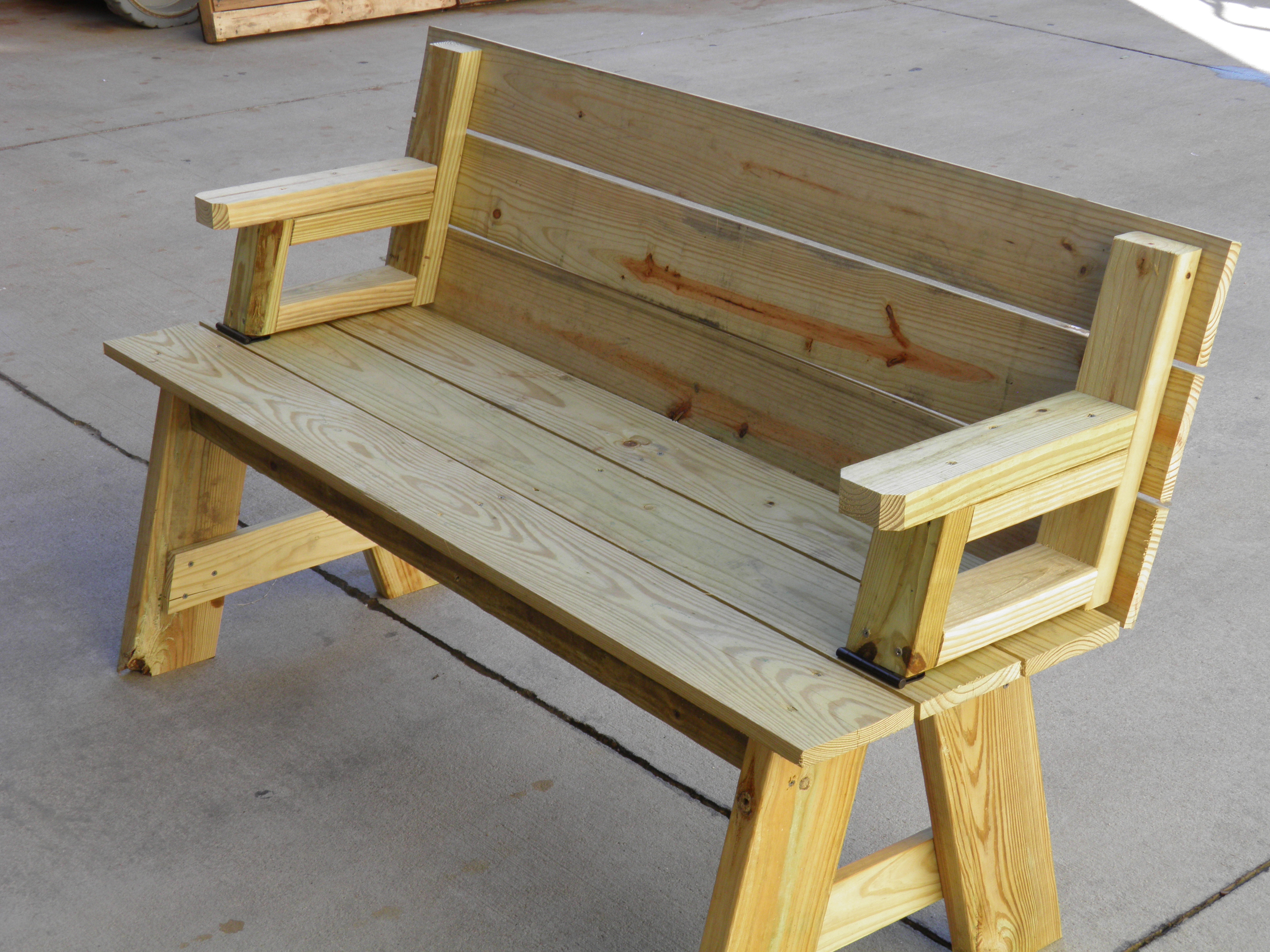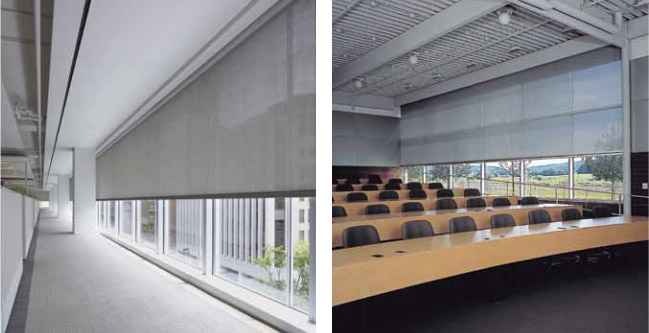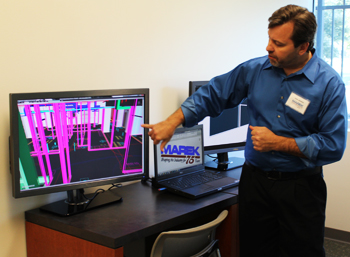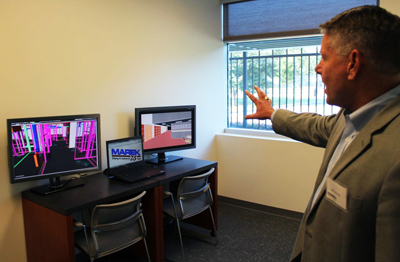Weekly Toolbox Talk: Safety For the Holidays
The Marek Family of Companies wants to take this opportunity to give thanks to the most important part of our business – YOU. We hope that you and your family have had a safe and healthy year. We hope you can spend these holidays with family and be able to give thanks for what you have.
All of us at Marek can be thankful for another year. We want to take this opportunity to remind you that safety is not just at work, but everywhere. During this time of the year, auto accidents and fatalities increase with holiday travel.







